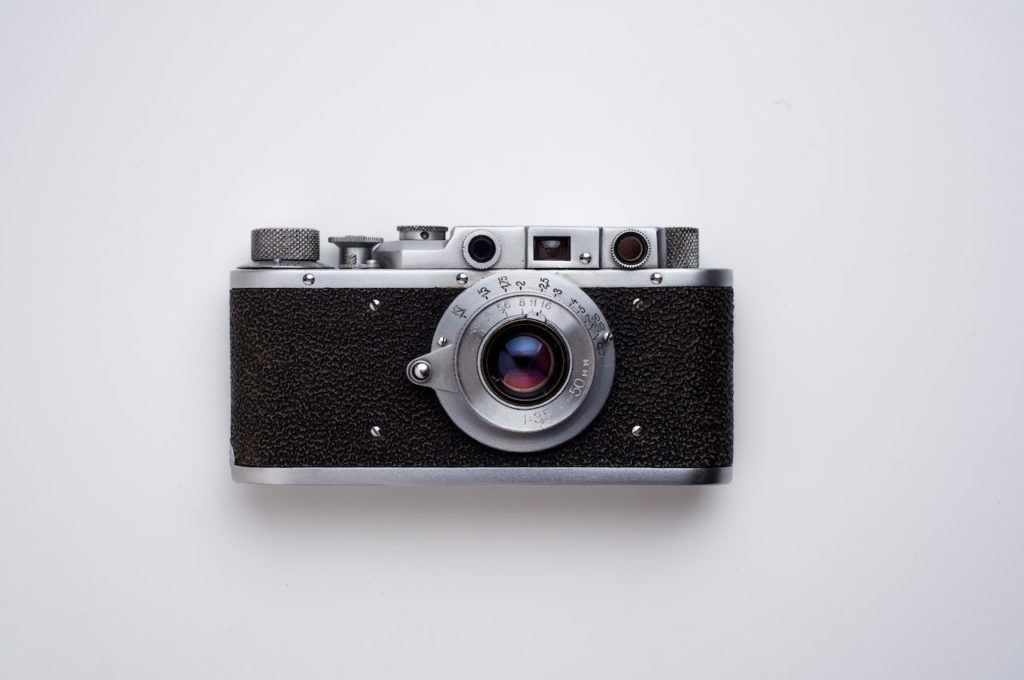Kodak film cameras once held the reins, capturing countless memories on rolls of film that became cherished prints. However, the advent of digital imaging heralded a significant transformation in the industry. This blog post explores the evolution of digital imaging, highlighting Kodak’s journey from film cameras to embrace the digital revolution.
From Analog to Digital: A Changing Landscape
Photography, once dominated by film cameras from Kodak, experienced a profound shift with the emergence of digital imaging. As technology advanced, the convenience and accessibility of digital cameras began to shape the photography landscape.
Kodak’s Role in Digital Innovation
Recognizing the potential of digital imaging, Kodak took steps to explore this new technology. Although they were not at the forefront of digital camera development, Kodak made notable contributions to the field. They invested in research and development, collaborating with other industry players to enhance digital imaging technology.
Embracing Digital Technology: Kodak’s Transition
As digital imaging gained momentum, Kodak adapted to the changing demands of the industry. They introduced a range of consumer-friendly digital cameras, catering to enthusiasts and amateurs alike. These cameras provided an accessible entry point to digital photography, offering features such as LCD screens for image preview and delete functions.
Digital imaging revolutionized photography in several ways. The ability to instantly review images, make adjustments on the spot, and store them digitally brought newfound convenience to photographers. Digital storage eliminated the need for film rolls and the costs associated with developing prints. Additionally, post-processing software empowered photographers to enhance and manipulate images with ease.
Kodak’s Challenges in the Digital Era
While Kodak made strides in the digital imaging realm, they faced challenges during the transition. Their focus on film-based business models initially hindered their digital endeavors. The company had a late start in fully embracing digital imaging, which impacted their ability to compete with early adopters like Canon and Nikon.
The advent of digital imaging disrupted the photography industry, and Kodak, known for its film cameras, experienced both successes and setbacks in this new era. Although they were not at the forefront of digital camera development, Kodak made efforts to adapt and introduce consumer-friendly digital cameras. While their transition faced challenges, their contributions to digital imaging cannot be overlooked. Today, digital imaging has become an integral part of our photographic experience, shaping how we capture, store, and enhance images.
The dominance of Kodak film cameras in the pre-digital era brought a unique charm to photography, with their distinct shutter sounds and the anticipation of waiting for developed prints. However, as technology advanced, the photography landscape underwent a significant shift towards digitalization. This blog post delves into Kodak’s transformation from analog to digital, examining their pioneering innovations and the profound impact of digital cameras on the industry.
Transitioning from Film to Pixels: Recognizing the Changing Tides
Kodak film cameras were renowned for their reliability and ability to capture high-quality images, encapsulating special moments. However, the increasing demand for instant results and the convenience of digital storage drove the rise of digital cameras. As a prominent industry player, Kodak understood the shifting dynamics and made strategic investments in digital camera technology. They recognized that digital cameras had the potential to revolutionize photography, offering features like instant image review, the ability to delete unwanted shots, and the convenience of digital storage.
Birth of Digital Cameras: Kodak’s Innovative Breakthroughs
Kodak was at the forefront of digital camera development, perceiving the immense potential of this emerging technology. In 1975, Kodak engineer Steven Sasson unveiled the first-ever digital camera prototype. Weighing a hefty eight pounds and capturing black and white images, this invention was a far cry from today’s sleek and portable digital cameras. Nonetheless, this early prototype laid the foundation for the future of photography.
The initial digital cameras, including Kodak’s prototypes, relied on charged coupled device (CCD) technology to capture images. These images were then stored on cassette tapes and displayed on television screens. This groundbreaking technology showcased the immense possibilities of digital imaging and paved the way for further advancements.
Kodak’s Digital Revolution: Making Cameras Accessible to All

As digital cameras evolved, Kodak played a crucial role in democratizing their accessibility. In the 1990s, Kodak introduced consumer-grade digital cameras, empowering enthusiasts and amateur photographers to embrace the digital revolution.
The DC series, featuring models such as the DC40 and DC50, marked Kodak’s foray into consumer-friendly digital cameras. These compact devices boasted LCD screens, enabling users to preview and delete photos instantly—a revolutionary concept compared to traditional film cameras. With their user-friendly interfaces and improved image quality, Kodak’s digital cameras found their way into the hands of both photography enthusiasts and professionals.
Impact of Digital Cameras on the Photography Industry
Digital cameras rapidly gained popularity, revolutionizing the photography industry in multiple ways. The ability to instantly review images on LCD screens empowered photographers to make real-time adjustments to settings, composition, and lighting, resulting in improved outcomes. The convenience of digital storage eliminated the need for film rolls, darkroom processing, and prints, leading to substantial cost savings and reduced environmental impact.
Challenges Faced in the Digital Era
Despite their early innovations in digital camera technology, Kodak encountered challenges while navigating the digital age. With a primary focus on their film-based business model, the transition to digital proved arduous. Kodak’s late entry into the digital market, coupled with missed opportunities, hindered their ability to compete with early adopters such as Canon and Nikon, who embraced digital technology earlier.
The emergence of digital cameras marked a transformative period in the photography industry, presenting both triumphs and setbacks for Kodak, once synonymous with film cameras. Although their delayed adoption and evolving digital landscape posed challenges, Kodak’s legacy in film cameras and their early contributions to digital imaging cannot be overlooked. Their journey from analog to digital continues to shape the way we capture and preserve memories, and digital cameras have become an indispensable part of our modern world.
